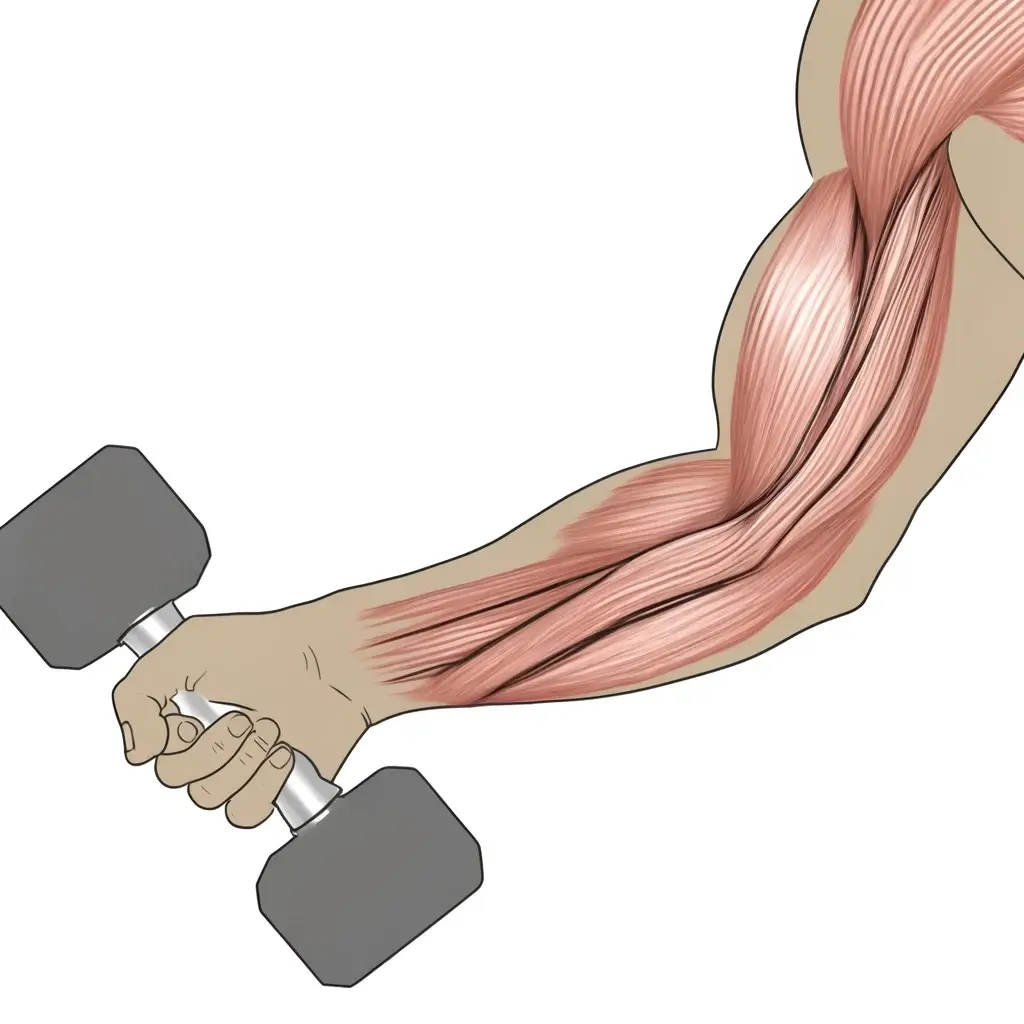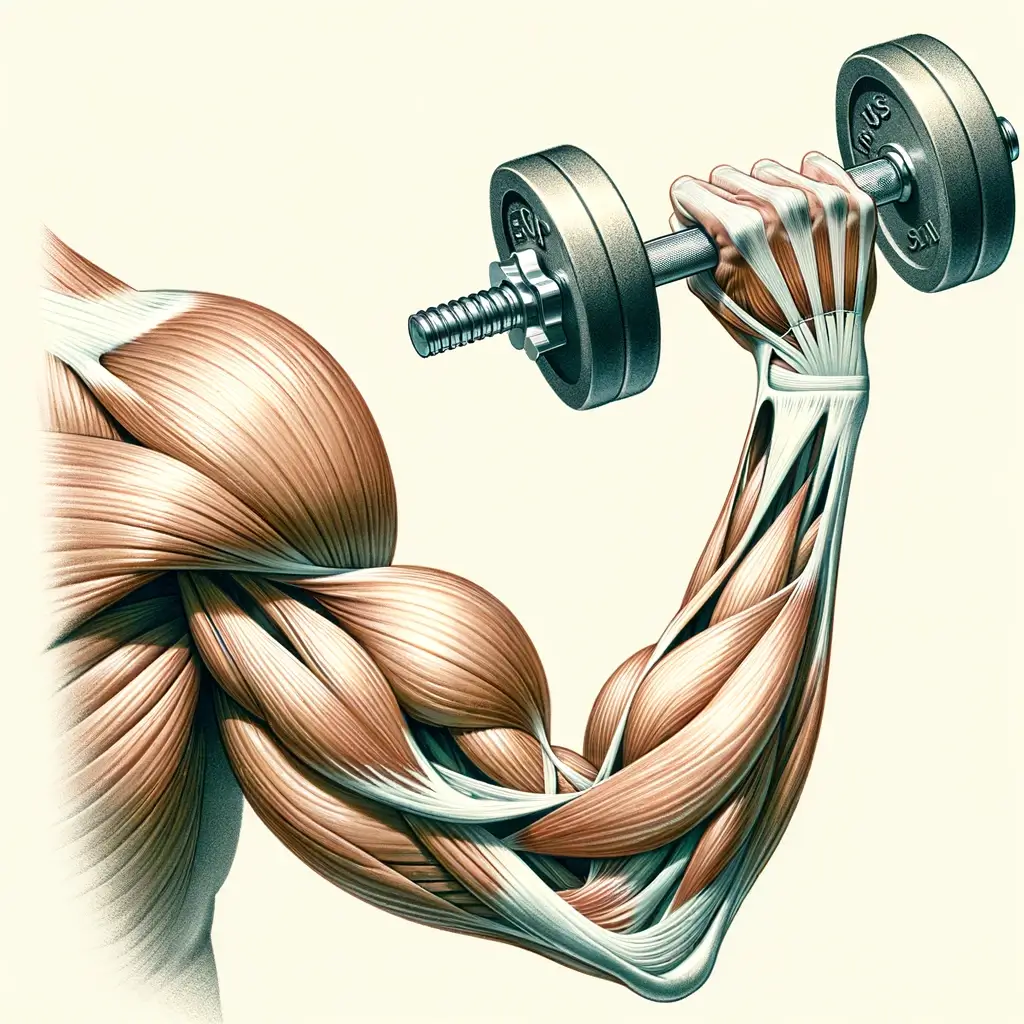Range of motion – Full or partial? This is a question that concerns many in the world of fitness and training. Is it better to perform exercises in a maximum range of motion? For best results, Or maybe work in a narrower range Will it yield certain benefits? As in many fields, here too there is no unequivocal answer.
The choice depends on various factors such as the purpose of the training, the level of experience of the trainee, unique body structure, previous injuries and more. But in any case, let's get into the thick of it and break this issue down into its components.
When it comes to hypertrophy, meaning increasing muscle mass, most research and evidence supports the use of a full range of motion. A meta-analysis (a study that aggregates several studies together) from 2017 that reviewed 18 studies on the subject, found that a full range of motion leads to a more significant increase in muscle cross-section, compared to a partial range (1). This advantage was especially noticeable in the lower body, in exercises such as squats and leg presses. Another study from 2012 supported these findings and found a greater increase in thigh muscle mass in the group that performed full-range squats compared to the group that limited the range (2).
So why is it actually better for us to train in full ranges of motion? So basically, Full range of motion exercise forces the muscle to fully contract and lengthen, and go through the entire spectrum of possible lengths. This essentially creates more mechanical stress on the muscle fibers, stimulates more satellite cells (the cells responsible for repair and growth), and maximizes the hypertrophic effect. It is especially important to reach the full range of motion at the bottom of the eccentric range, שם השריר נמצא במתיחה המקסימלית שלו. הנקודה הזו, כשהשריר מתוח ורגעית פחות חזק, מכונה בספרות המקצועית "sticking point", והגעה אליה מהווה גירוי גדול במיוחד לשריר(3).
What is eccentric? – The stage where the muscle is longer. Think of the movement of lowering the barbell down by bending your elbows. You can see in the figure below how the biceps muscle is stretched and longer.

What is concentric? – the phase when the muscle shortens. Think about lifting the barbell up by bending your elbows. You will see how the muscle is contracted and shorter at the end of the movement.

On the other side of the fence, partial ranges of motion are sometimes touted as a strategy for muscle development. There are several possible reasons for this:
- Training in a limited range of motion keeps the muscle under constant tension, ללא "נקודות מתות" בהן העומס פוחת. למשל, כאשר מבצעים תרגיל חזה בשיפוע עם משקולות יד, יש נקודה עליונה שבה הידיים אנכיות לחזה והלחץ על שריר החזה פוחת. קיצור הטווח מבטל אפקט זה ומקיים דריכות מתמדת בשריר.
- A short range of motion allows higher weights to be lifted. Large weights can create a large mechanical load on the muscle, even if the range is more limited. This is why powerlifting trainees, who are tested on lifting a maximum weight in a short period of time, adopt this technique.
- Many bodybuilders perform some of the exercises in short intervals. If they do, there must be some logic and benefits to hypertrophy, no?
However, it is important to remember that all these reasons are not unequivocal and have limitations. For example, using a heavier weight with a range of motion that is too short, even though we will apply a greater load, we may end up reducing the overall volume of the training, which is measured not only in the load but also in the range and quality of the movement performed.
מחקר מ-2013 הראה שטווח תנועה גדול יותר מוביל לווליום (נפח) אימון כולל גדול יותר, גם אם העומסים נמוכים יותר (4). אז את ה"יתרון" של עבודה עם משקלים כבדים בטווח קצר צריך לקחת בערבון מוגבל.
Even for the biggest and most successful bodybuilders, it is very difficult to know what really contributes to their extraordinary hypertrophy – Is it the range of motion technique, or maybe it's the genetics, the diet, the use of anabolic steroids or maybe their tremendous commitment? It is likely that the answer is a combination of all factors together.
So what do we do with all this information? Each exerciser should weigh his considerations according to his personal goals and circumstances. But for most trainees, and especially beginners and intermediates, I recommend initially focusing on performing exercises in the full possible range of motion.
correct technique In full range you will ensure the maximum hypertrophy, develop flexibility, mobility and general stability. Features are important not only for building muscles, but also for our daily functioning.
More experienced and advanced trainers can also incorporate partial ranges into the training program, to diversify and give different stimuli to the muscles. But even in this case the dosage is important – And it is better that these exercises be an addition to the core of the program and not replace it completely. Building a balanced and diverse program is important in the long run.
last point - I often encountered people criticizing or giving advice To other exercisers in the gym or on social media, just because they saw them exercise in a partial range of motion. It is important to remember that we do not always know the full story, perhaps the person has an injury or some limitation that requires an adjustment of the range of motion. Maybe he's working on a specific weakness. Therefore, instead of criticizing, preaching or perhaps belittling, it is better to show genuine curiosity and respect. If you really feel the need to ask or comment, try to do it sensitively, politely and without condescension.
In conclusion, range of motion is an important variable in training but not the only factor. Most people will benefit from focusing on full range of motion most of the timeN, but an intelligent combination of different ranges can benefit experienced exercisers with specific goals.
And the most important thing is to listen to your body, show curiosity and openness, and apply the right techniques for you to achieve your personal goals.
So go ahead, train smart and enjoy the journey!
Sources:
- Schoenfeld BJ et al. Med Sci Sports Exerc. 2017 May;49(5):1003-1010.
- McMahon G et al. J Sports Sci. 2012;30(11):1073-81.
- Kompf J & Arandjelović O. Sports Med. 2017 Mar;47(3):401-413.
- Ahtiainen JP et al. J Strength Cond Res. 2013 Dec;27(12):3392-400.



